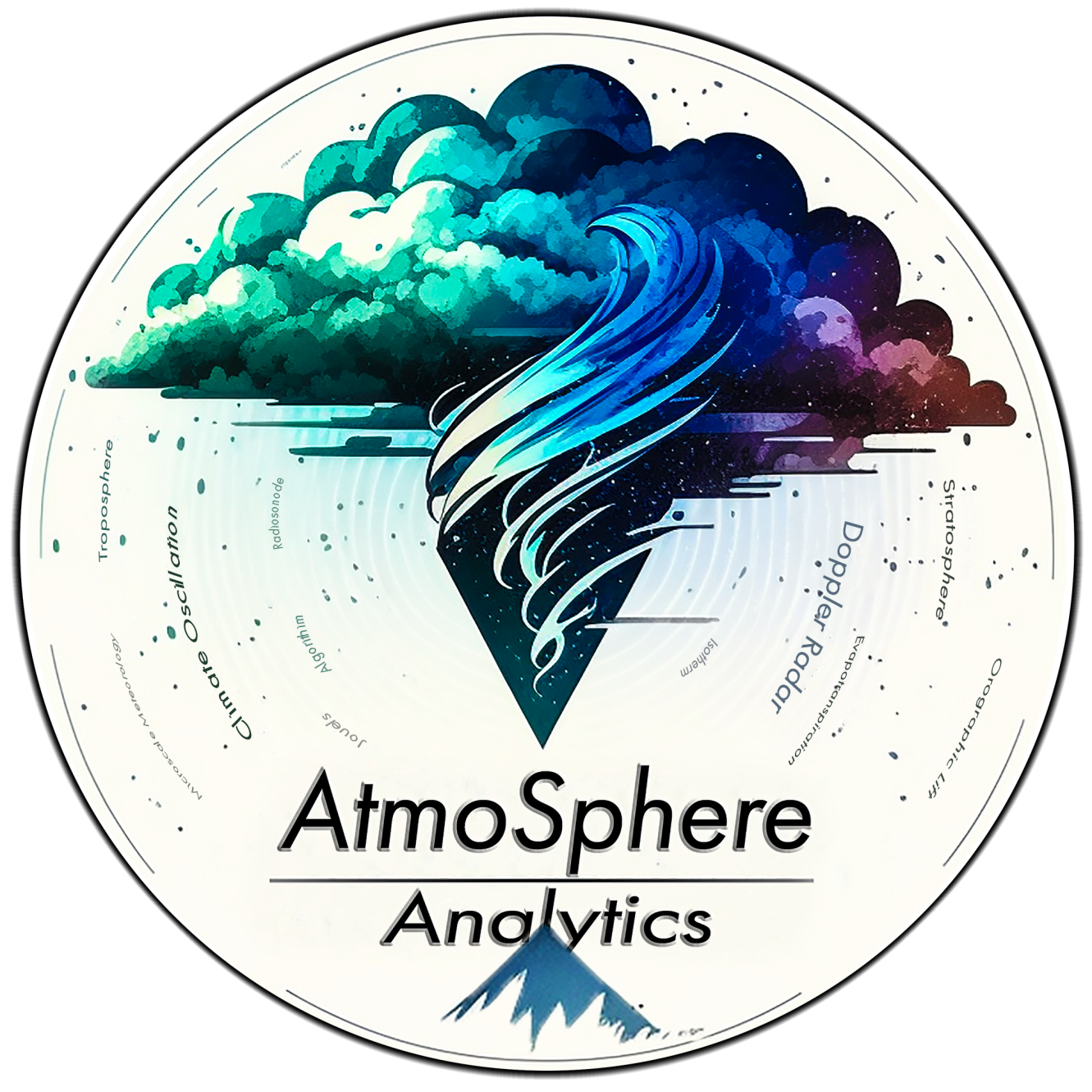The MMFS
The MMFS is our flagship weather prediction model. MMFS stands for Microscale-Mesoscale Forecasting System. The MMFS model suite specializes in bridging the gap between microscale and mesoscale meteorological phenomena. The MMFS-R Model is the regional version of the MMFS-Core weather prediction system. The MMFS-Core Wx Prediction System is a state-of-the-art numerical weather prediction system based on the open-source WRF model framework. The MMFS-R is a highly modified version of the WRF framework with custom physics schemes and novel data assimilation techniques. The MMFS-H is the hurricane version of the MMFS-Core Weather Prediction System and is crafted to forecast tropical cyclones.
MMFS-R Operational Physics Configuration
The current operational version of the MMFS-R uses a novel approach to boundary layer physics and microphysics parameterization. The microphysics scheme is a partially double-moment scheme with integrated class density prediction. The PBL scheme is a non-local closure scheme with local eddy diffusion . The radiation schemes used are similar to the RRTMG-K scheme with slight modifications made based on our research and machine learning. The land-surface model within MMFS is based on the NOAH LSM with additional parameterization options added based on recent research.
The MMFS-R is a triple nested model with a global low resolution parent grid, continental medium resolution nest, regional high resolution nest, and local super resolution nest. The modeling of the entire earth helps ensure that each level is fed by rapid-updating MMFS data with physics integrated between each nest.
The MMFS is initialized using RAP analysis over CONUS and GDAS analysis over the rest of the globe. Boundary conditions are not necessary as the parent grid covers Earth entirely. Observations from agencies around the world are assimilated into the MMFS, including mesonet stations where they are available.
The MMFS-R has many vertical layers with the majority of them being focused in the boundary layer. This configuration helps best resolve thunderstorm initiation and low level/near surface mesocyclone development and maintenance.
Frequently Asked Questions
Is the MMFS just the WRF?
While WRF is a fantastic project and is the base of most weather models used today (including NAM,HRRR,HRW-ARW, RAP, and others), we have made significant changes to the WRF code in our implementation that we believe make the MMFS separate from WRF. Some additions include machine learning integration, custom physics parameterizations, and novel data assimilation techniques.
How long does it take the MMFS model to run?
This depends on how many nests that the run is using. If we are using the entire nest setup (global parent all the way to local super-res nest), it can take several hours to run only a few days. Meanwhile, if we are using only the lower resolutions, a multi-day run can complete in less than an hour. One technique that we use in shortening run-times is running the lower resolutions out to a weather event, then activating the higher resolutions centered over the possible significant weather event. This is more efficient than running the entire model at the highest resolution without losing any accuracy.
What kind of infrastructure does MMFS run on?
We are constantly upgrading and updating our infrastructure. MMFS currently runs on a distributed-computing system with a scalable architecture capable of performing any modeling task required.
